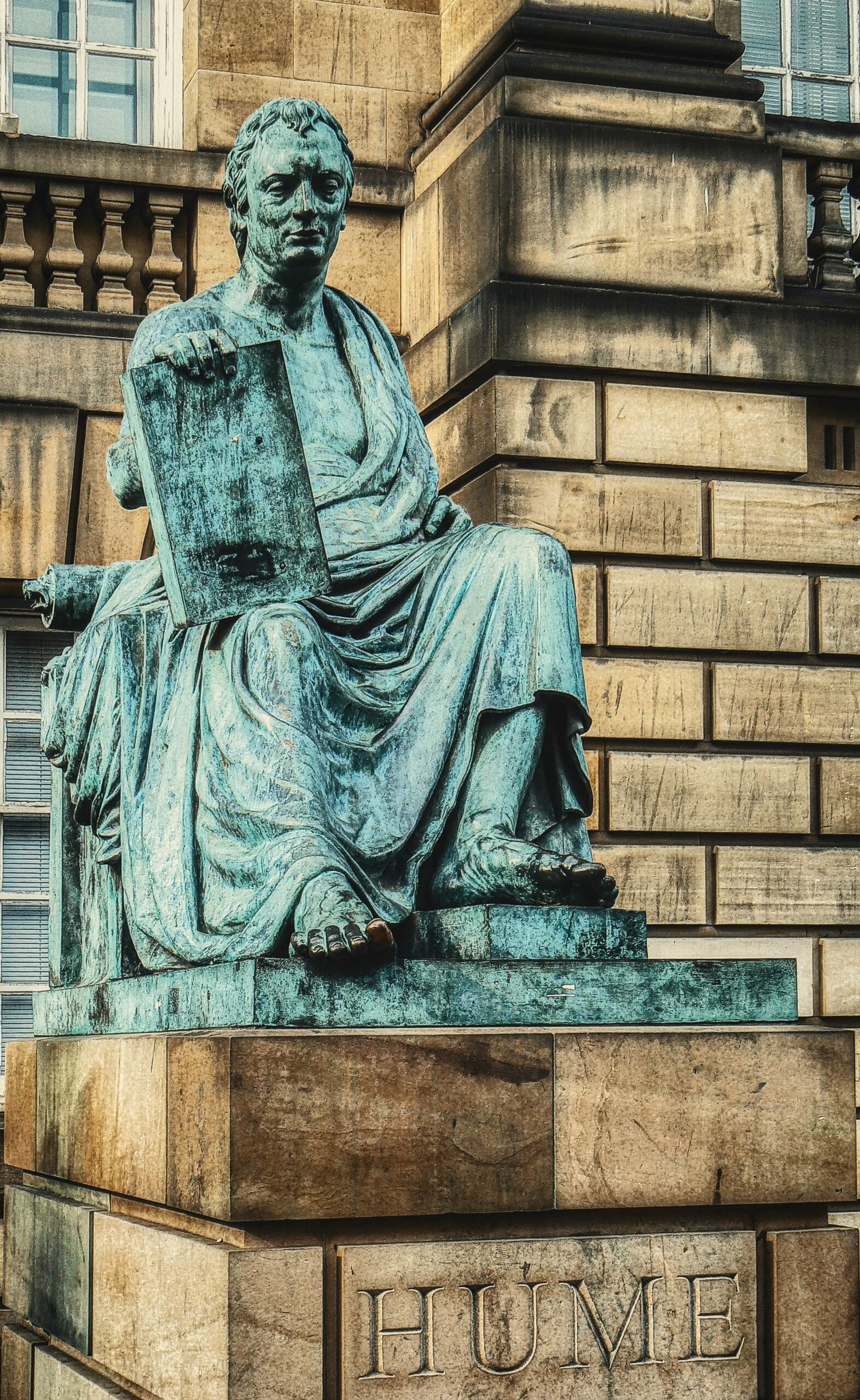The Sāṃkhya and Yoga traditions are ancient philosophical and spiritual systems that originated in India. Both traditions have had a profound influence on the development of Indian philosophy and have provided valuable insights into the nature of reality and the human experience.
Sāṃkhya Tradition
The Sāṃkhya tradition is one of the oldest schools of Indian philosophy. The sage Kapila founded it, and dualism is its foundation. According to Sāṃkhya, the universe is composed of two fundamental principles: Puruṣa (consciousness) and Prakṛti (matter).
Puruṣa refers to the individual self or consciousness, which is eternal, unchanging, and devoid of any attributes. It is the pure witness of all experiences and is completely separate from the material world. Prakṛti, on the other hand, is the material principle that is responsible for the creation and manifestation of the physical universe.
Sāṃkhya philosophy also emphasizes the concept of causation, known as Karyavada. According to this principle, the effect is inherent in the cause, and the cause is responsible for the manifestation of the effect. This understanding of causation has significant implications for understanding the nature of reality and the interconnectedness of all things.
Yoga Tradition
The Yoga tradition, as the sage Patajali outlined it in the Yoga Stras, is a useful and methodical approach to spiritual growth and self-realization. Yoga means “union” or “integration” and refers to the union of the individual self with the universal consciousness.
One of the key concepts in Yoga is Cittavṛtti, which refers to the fluctuations of the mind. According to Yoga philosophy, the mind is constantly in a state of flux, moving from one thought or experience to another. These fluctuations of the mind create disturbances and distractions, preventing us from experiencing inner peace and clarity.
The ultimate goal of Yoga is to achieve the state of Cittavṛtti Nirodha, or the cessation of the fluctuations of the mind. This state is characterized by a profound sense of stillness, concentration, and inner peace. It allows the practitioner to transcend the limitations of the mind and experience a deeper connection with their true nature.
Yoga offers a systematic path, known as Aṣṭaṅgika Mārga, or the Eight Limbs of Yoga, to attain this state of Cittavṛtti Nirodha. The Eight Limbs of Yoga include Yama (ethical principles), Niyama (observances), Āsana (physical postures), Prāṇāyāma (breath control), Pratyāhāra (withdrawal of the senses), Dhāraṇā (concentration), Dhyāna (meditation), and Samādhi (absorption).
Each limb of Yoga serves as a stepping stone towards the ultimate goal of self-realization. Through the practice of these limbs, individuals can cultivate self-discipline, physical and mental well-being, and a deeper understanding of themselves and the world around them.
Conclusion
The Sāṃkhya and Yoga traditions offer profound insights into the nature of reality and the human experience. While Sāṃkhya provides a theoretical framework for understanding the dualistic nature of the universe, Yoga offers a practical path for achieving self-realization and inner peace.
By exploring the concepts and practices of Sāṃkhya and Yoga, individuals can gain a deeper understanding of themselves and the world, and cultivate a sense of harmony and balance in their lives.













+ There are no comments
Add yours